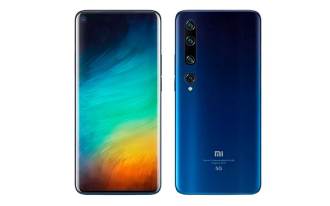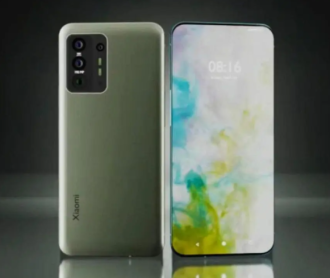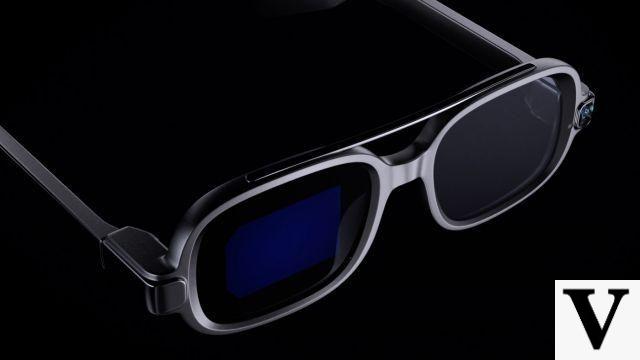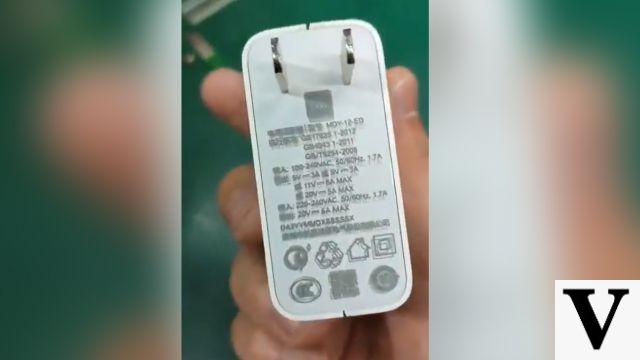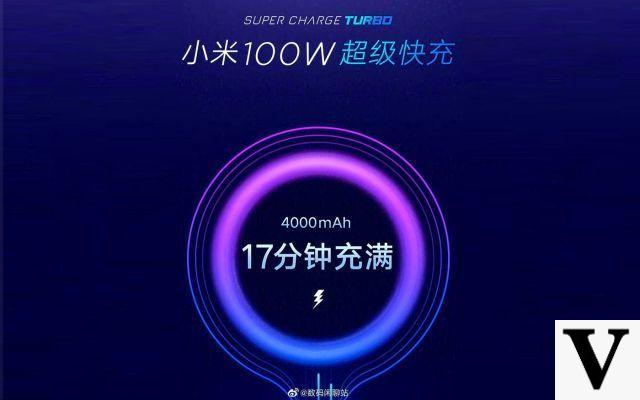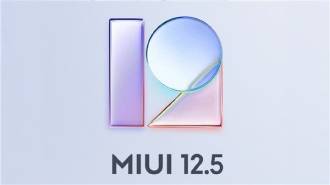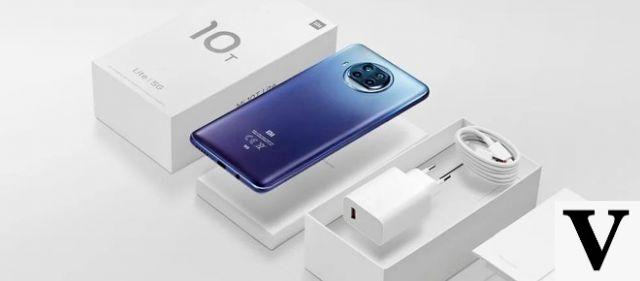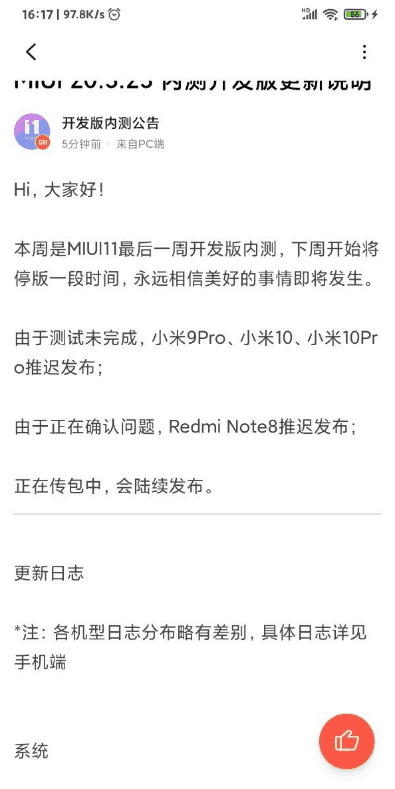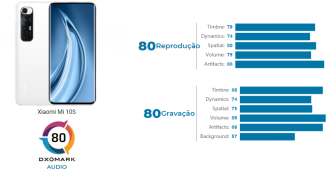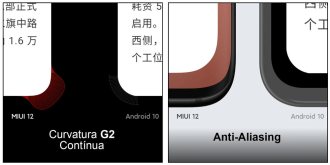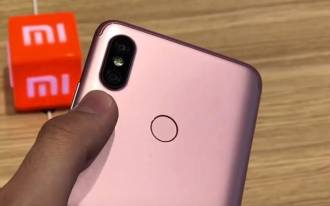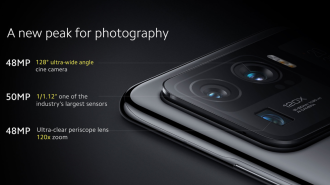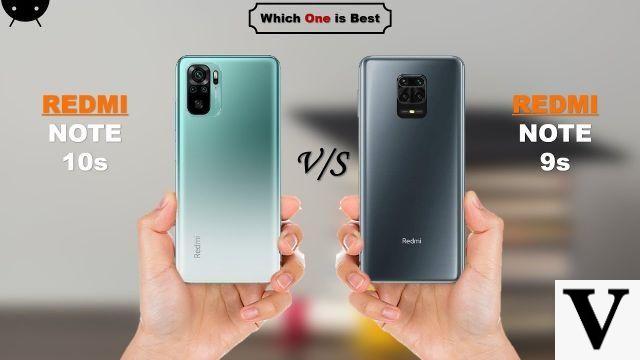
Last Friday (5), Xiaomi made official the global version of the Redmi Note 10 line, a device that was originally announced in December 2019 under the nickname Mi Note 10. Among the devices presented to the international market, we have the Redmi Note 10S, direct successor of the Redmi Note 9S, which particularly is one of the most popular smartphones in Spain in 2020.
This new edition of the model is a game changer, not least because it features specific improvements in its hardware, such as a Super AMOLED screen, a more refined main camera, but it also loses some important details when compared to its predecessor. Hence the question: is it worth betting on the Redmi Note 10S? Or is it better to go straight to the Redmi Note 10 Pro? Let's find out!
Redmi Note 10S vs Redmi Note 9S: what has changed?
Design and construction
Starting with the look, since the first impression is the one that stays, we can see that the Redmi Note 10S has the identical design to the Note 10 base of the line announced last week. But compared to its predecessor, we can see that the main difference is in the rear, especially when we talk about its camera package.
The Redmi Note 9S has a module installed in the center of the back cover, highlighting the dual LED flash at the base, and the four camera lenses on the most protruding part, with the two main lenses on top and the auxiliary ones just below. This design is very similar to what we find on the Mi 10T, where the camera has a layout similar to a cooktop, for example.
In the case of the Redmi Note 10S, Xiaomi chose to insert the camera package in a more traditional way, with a rectangular shape and being located at the top left of the back of the device. This layout is more interesting, with the main lens highlighted in a silver frame, accompanied by two more small lenses in the center of the module and an ultrawide lens at the bottom. The LED flash is unique and is inserted to the side of the set in a more discreet way and accompanied by other auxiliary sensors.
On the front, the two devices also have a very similar look, with the camera being inserted in a small cutout at the top central part of the screen, which grants greater use of the display, using the most common technology today. That said, the differences can be found primarily in the size of the phone, as this year's handset is slightly smaller than its predecessor.
Another detail worth noting is the presence of the IP53 certification on the Redmi Note 10S, which guarantees greater protection against water and dust. However, this advantage can be easily balanced when comparing the screen protection present in both models. While the Redmi Note 9S display is protected by Gorilla Glass 5 glass, the Redmi Note 10S only has the third generation, which makes this year's model more susceptible and fragile in case of accidents involving drops and scratches.
Confirmed! Redmi Note 10 will be the manufacturer's first with a Super AMOLED screenFabric
Still on the front of the devices, we can highlight the Redmi Note 10S screen that has a Super AMOLED panel, unprecedented in the line, offering greater image quality in terms of contrast, sharpness and color fidelity when compared to the screen. of the IPS LCD type present in the Redmi Note 9S, in addition to the premium smartphone look.
The Redmi Note 10S specs reveal a screen configuration with a Full HD+ resolution of 6,43 inches, while its predecessor is slightly larger, with a size of 6,67 inches and the same resolution as the current model. What also remains the same is the 60Hz refresh rate for both devices, but with a slight advantage for the Redmi Note 10S, which has greater touch sensitivity, an efficient feature for those who like to play games on their cell phones.
Processor and memory
Considering the technical specifications of the two devices, we can define that in the general set the Redmi Note 9S has a better configuration of internal components when it comes to processing. This may be strange, but in practice, the processor of the model launched last week is inferior to that of the last generation, and the difference is not small.
The Redmi Note 9S has Qualcomm's Snapdragon 720G processor, a chipset manufactured under the 8 nm (nanometer) standard, while the Redmi Note 10S has the Helio G95, which although it is MediaTek's most current processor, its construction standard is of 12 nm. For those who don't know, the efficiency of a processor can be defined by becoming aware of the model's nanometer process, this means that the smaller the number of processes used in manufacturing, the more efficient the chip is, since it is capable of executing multiple tasks simultaneously and consuming less energy.
Therefore, we can say that the Redmi Note 9S can do the same things as its successor, at an almost identical speed and consuming much less battery. The big advantage of the Redmi Note 10S, however, is the set of memories that are offered with 6GB + 64GB or 8GB + 128GB of RAM and storage respectively. In turn, the Redmi Note 9S has options with 4GB or 6GB of RAM.
- Android 12: Which phones will get the update in 2022?
- The 10 best phones to play Call Of Duty Mobile
Cameras
In the set of cameras, the two devices maintain the same configuration of four sensors at the rear, but with occasional changes between them. compared to its predecessor, the Redmi Note 10S retains the 8MP ultrawide lens and the 2MP one for depth data. The big difference is in the main sensor, which went from 48MP to 64MP and the macro sensor, which dropped from 5MP to 2MP.
That said, we can say that the two generations of devices maintain practically the same configuration for the photographic department, with the Redmi Note 10S taking a slight advantage in quality, however, both are capable of recording videos in up to 4K at 30 fps or in Full HD at 30 and 60 fps. However, the front camera of the device launched last week is inferior to that of its predecessor, as it has 13 MP, while the Redmi Note 9S has 16 MP.
Battery
In terms of energy, the Redmi Note 9S is also more efficient, as we have already mentioned in the processing topic. In addition to the processor consuming less energy than the Redmi Note 10 S, its battery is slightly better, thanks to the nominal module of 5.020 mAh, against 5.000 mAh of the latest model. This difference may seem imperceptible, but it is certainly more evident when we compare the result of daily use with the two devices.
The "only" advantage of the Redmi Note 10S is the support for fast charging, which is practically double the previous model. It is possible to charge the device's battery at a power of 33W, against 18W of last year's model. This can balance the autonomy of use between the two devices, where Xiaomi purposely compensates for the deficiency of a model in a more modern one but with practically the same final result.
EXTRAS
The other features do not show any major difference between the two models. Both offer a fingerprint reader on the device's on/off button, an infrared sensor to control other devices through the cell phone, a feature that Xiaomi uses frequently in all its releases, and in some countries, the Redmi Note 10S is the the only one in the line to have NFC, technology to interact with other systems, such as payments for example.
Both have a microSD card slot, Bluetooth, dual-SIM and P2 connector for headphones, however, an important point for music lovers is that the Redmi Note 10S has a stereo speaker system, while its predecessor is mono.
POCO F3! Redmi K40 will reach the international market carrying another nameAfter all, which one is more worth it?
Overall, we can say that the Redmi Note 10S presents truly innovative factors for Xiaomi's mid-range smartphones. The Super AMOLED screen is one of them, ensuring better image quality, renewed design and top-of-the-line model recall. On the other hand, the Gorilla Glass 3 protection leaves a little to be desired, and over time it can make the marks of use more evident or more likely to break in the first drop.
What still doesn't make much sense was the choice of processor, since last year's model is more efficient, modern and saves battery. The rear camera of the new device is slightly superior in the overall result thanks to its 64 MP main sensor, but the situation is balanced when also considering the front camera of the two models.
Obviously, the crucial factor when choosing a device is the price, and in this regard we can recommend the Redmi Note 9S. The device arrived in Spain in 2020 costing R$ 2.799, but today, it is already possible to find it for R$ 1.519,00. The Redmi Note 10S is not yet available in Spain, but the version with 8GB of RAM + 128GB of storage is being sold abroad for the equivalent of US$ 279, something around R$ 1.580 without considering the likely variables in the value of the currency. and without the addition of taxes.
That said, the Redmi Note 9S is more worth it, as its mid-range configuration is still appropriate for today, and at this price it's excellent value for money. This may change over time, but until the Redmi Note 10S arrives in Spain and presents its official price, we still believe that the 2020 model is our recommendation for now.
If you are looking for a mobile for games and want to know if the Redmi Note 9S does the trick, check out the smooth wheel which puts the performance settings of the device fireproof, in addition to the complete analysis of the device (by clicking on this link), and yet another comparison, but against its rival Samsung Galaxy A71 (by clicking on this link);
Xiaomi Redmi Note 9s: Is it worth buying? - Galaxy A71 vs Redmi Note 9s review: Which one is worth buying?To compare the two complete technical sheets click here.



